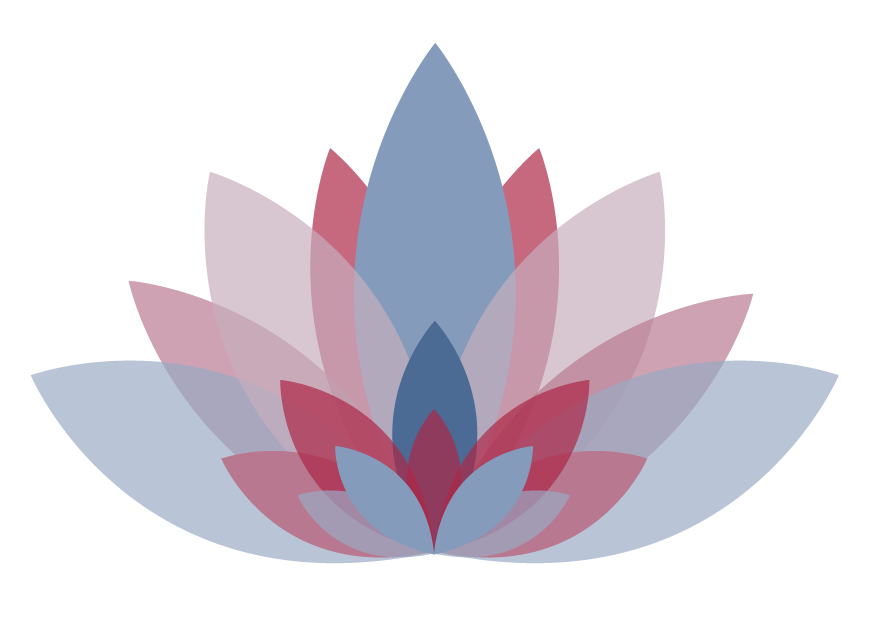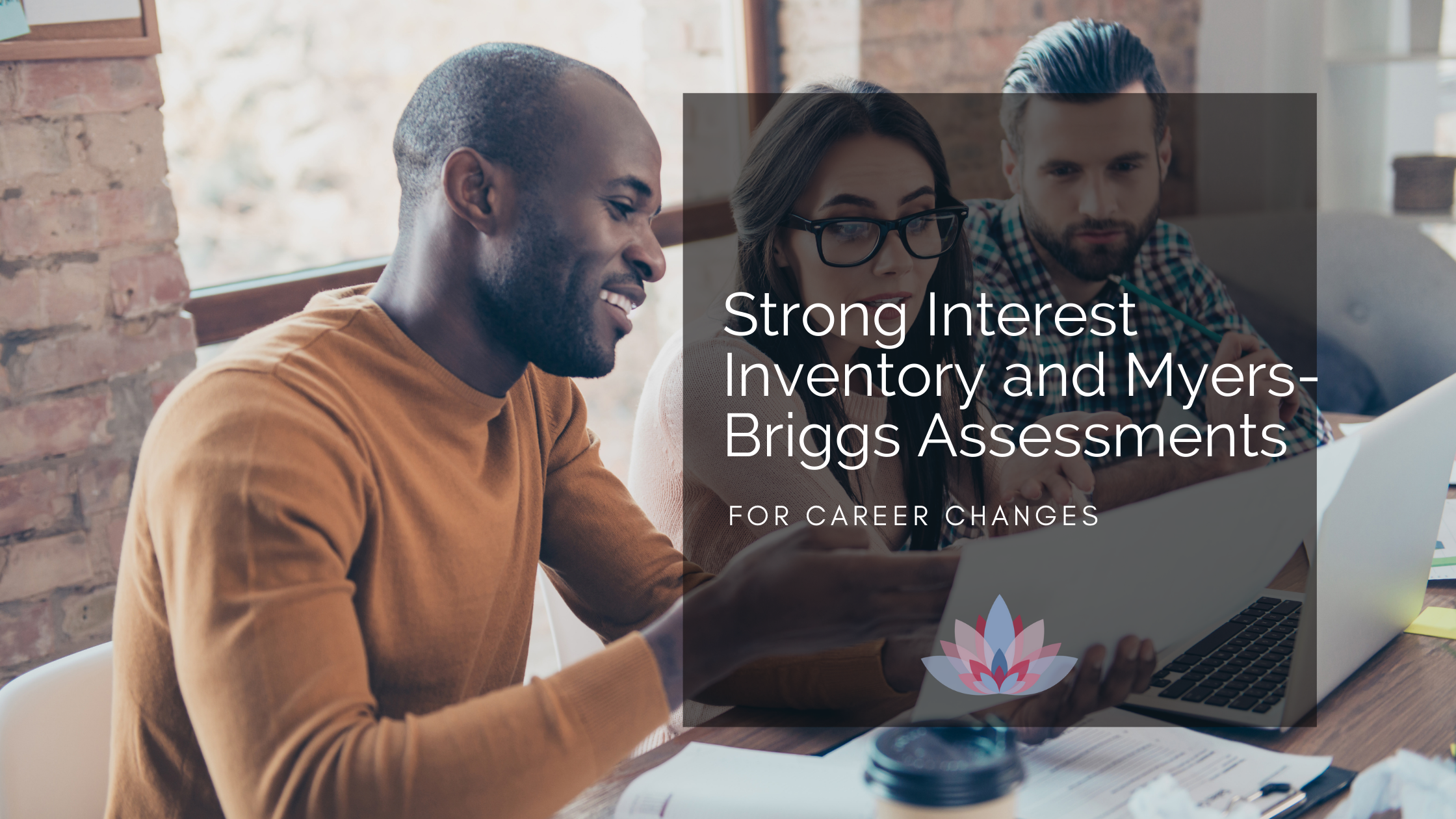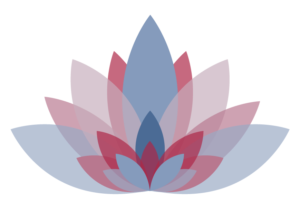Career assessment – the MBTI assessment
The MBTI is a great resource to understand yourself better, so you can make better decisions about yourself and for your future. It is the most widely used personality assessment. We all have stories of when we have taken it before and what we think we are. Most people can’t remember, however, it’s a great conversation to have. It’s in 70 different countries, so it is worldwide, it is well known and it is valid and reliable. It is a great assessment, except it’s not the end-all-be-all. It really is a research tool for you to become more self-aware about yourself and to process it with a coach.
I really like the story about it and how it was founded. The theory is from Carl Jung, who was a Swiss psychiatrist. He developed the theory of personality. He knew that personalities were not random traits rather we all had preferences.
The differences were patterns. He became involved and put types to these patterns. An American woman named Katharine Briggs was really enthralled in his research and she studied this for over 20 years. And she learned a lot about his types and different personalities and how they work in different areas. The areas were in work, home, and in life. She had a daughter, Isabel Briggs Myers, and the two of them took all of Jung’s work and all of Brigg’s work and developed questions that became the Myers-Briggs Type Indicator or the MBTI.
Now, we can actually know what type of personality we have. I think that’s really cool. So in a nutshell, there are four pairs of opposites, like our left and right hand, we use both but not with the same amount of ease. I’m right-handed and I was born right-handed. I could learn how to write with my left hand, however, I would prefer to write with my right. That is what the Myers-Briggs Type Indicator gets to. What is our first preference? What were we born with? They all are great types, there’s no one better than the other, they all have positives and negatives to them.
The four opposites are extrovert or introvert, where we focus our attention and energy. Extroverted people focus on the outer world, introvert focuses on the inner world. Sensing or intuitive. The way we take in information and the kind of information we like and trust. Sensing, people like facts and experience. Intuition prefer future possibilities and insights. Again, you would use both, but maybe you would have a preference over the other. T and F, the way we make decisions. Thinking, we make our decisions on objective logic. Feeling, make decisions on personal priorities and relationships. J and P, our judging and perceiving. Our attitude toward the outer world and how we orient ourselves to it. People who prefer judging, want the world to be organized and orderly, and people who prefer perceiving seek to experience the world not to organize it. You can see how this would play out in a career.
If you are going through a career transition or wondering what you would like to do next in your life, the MBTI can shed light on that personality and give you some information for your next career. When people come to see me, they really want to know themselves and make a thoughtful decision for their next choice. The Myers-Briggs is only one little piece of information to take in while you’re making your decision. It’s not the end-all be-all, it’s not going to tell you what you need to be and you’re going to be very, very happy. I would be a billionaire if I had an assessment like that. It really sheds light on your own insights about yourself and that you can process it with a coach.
You do need to be certified to administer the Myers-Briggs, and I am certified. If you do not do it through me, make sure your administrator is certified. That is a priority if you want that. And then, send me your email and information and we can set up a consult, a free consultation. If you want to learn more about it, if you want to take it, it is pretty powerful information. I really look forward into talking to you about it, because I do think it helps in how you make decisions in your transition into a new career. It also sheds light on how you are working and how you’re presenting yourself today. So you learn a lot about yourself. Alright, everybody. Thanks a lot. Have a good day. I’ll see you next time.



